Author: Maverick
-
The Unseen Risks: Analyzing the Tragic F/A-18 Jet Crash at MCAS Miramar
The recent tragedy at Marine Corps Air Station Miramar, where an F/A-18 Hornet crashed in a remote part of the base, underscores the inherent risks and the sometimes catastrophic consequences of fighter jet operations. Maj. Andrew Mettler, an experienced pilot decorated with multiple service medals, tragically lost his life in this accident. His loss brings…
-

Fighter Jets for Sale: Ultimate Guide to Owning the Skies
Welcome to the high-octane world of fighter jets for sale, where the skies meld with the cutting edge of speed, power, and precision engineering. Whether you’re an enthusiast tracing the vapor trails of the fastest military jets, a collector hunting for vintage warbirds for sale, or a potential buyer doing your due diligence on the…
-

The B-24 Liberator: The Unstoppable Workhorse of WWII
In the annals of World War II, few aircraft command as broad a legacy as the B-24 Liberator. Developed by Consolidated Aircraft, this behemoth was not just another bomber gracing the vast skies of conflict; it was a record-setter. As the most produced American aircraft of the war, with a staggering 19,256 units built, the…
-
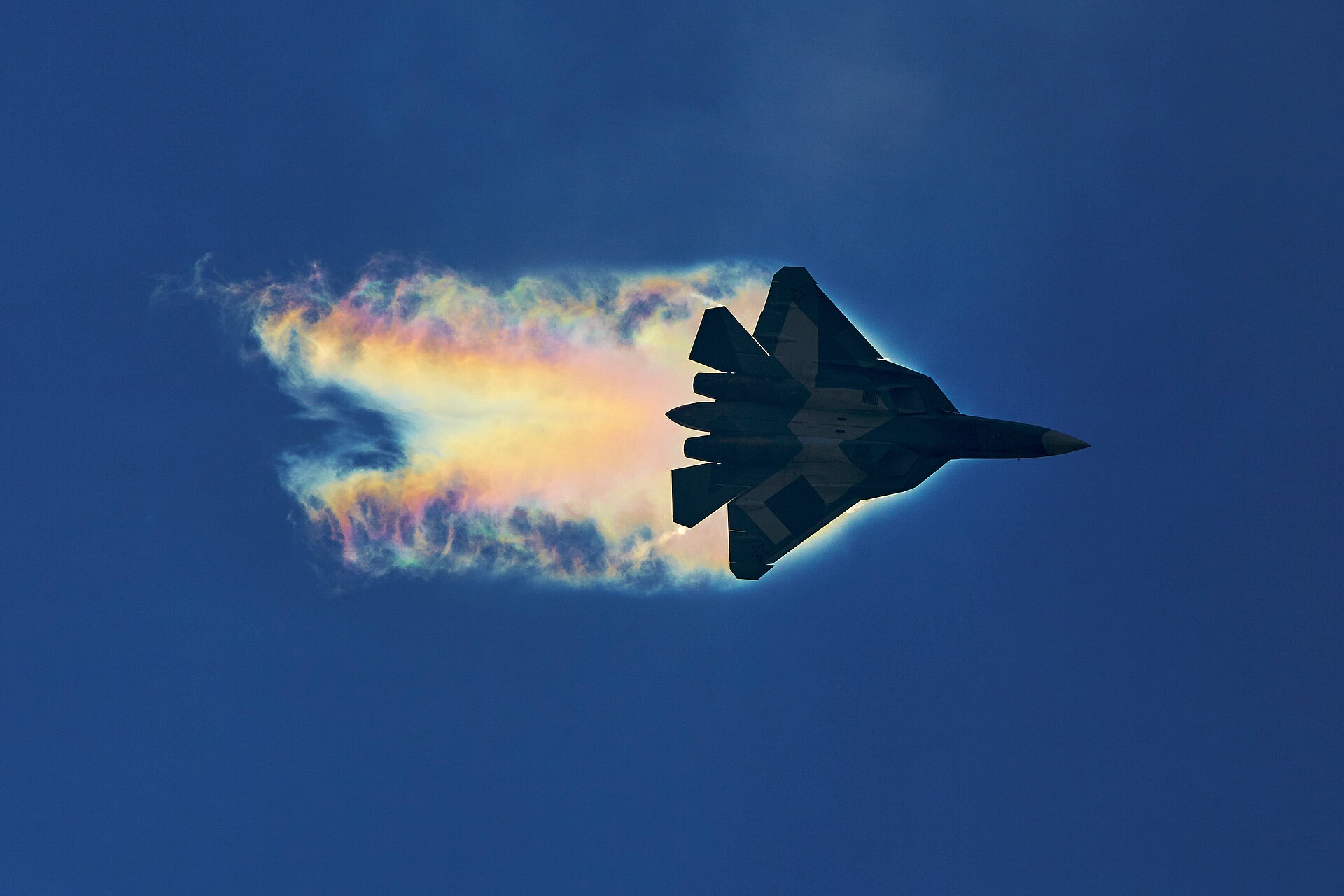
Best Fighter Planes in 2024: Which Jets Dominate the Skies?
In the fiercely competitive arena of modern aerial combat, fighter jets represent the peak of technological advancement and strategic dominance. These machines are not just tools of war but are symbols of national power and technological prowess. Determining the best fighter aircraft involves analyzing a spectrum of factors including speed, maneuverability, technology, and firepower. This…
-
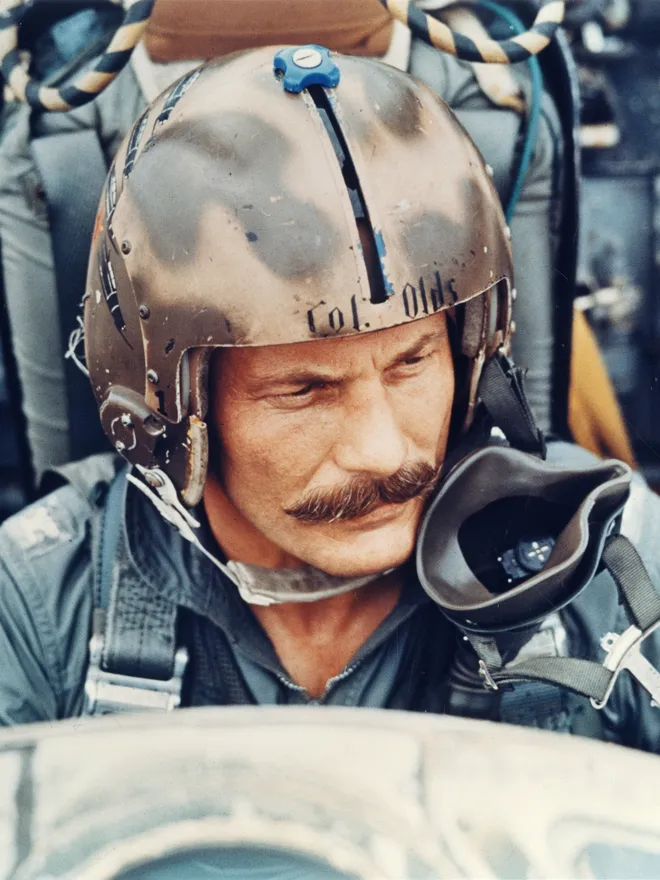
Robin Olds: A Legacy of Valor from World War II to Vietnam
In the annals of military aviation, few stories captivate the imagination quite like that of Brigadier General Robin Olds, a titan whose legacy spans the propeller-driven dogfights of World War II to the missile engagements over Vietnam. Born into the cradle of a burgeoning air force on July 14, 1922, in Honolulu, Hawaii, Olds’ life…
-
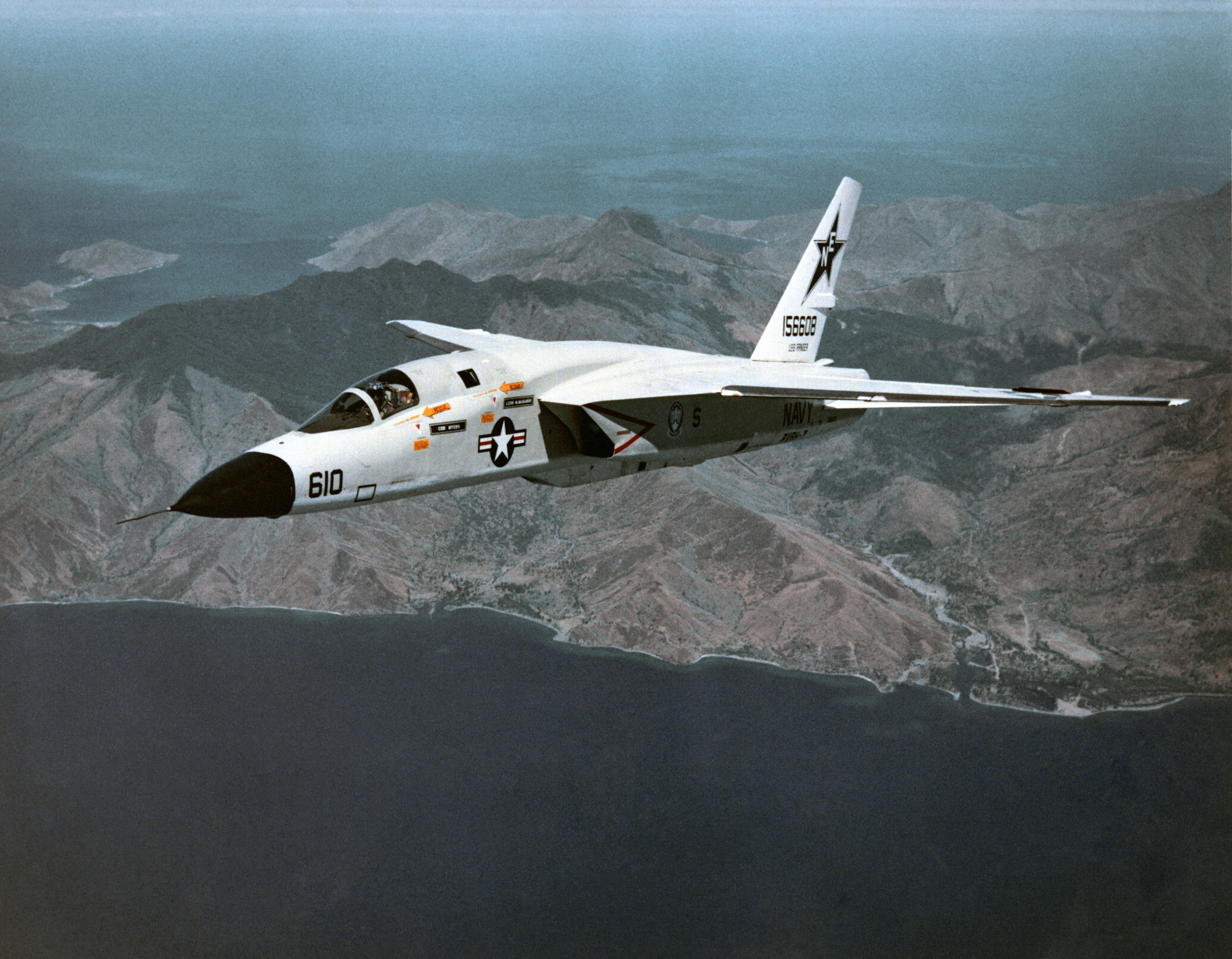
A-5 Vigilante: Cold War’s Supersonic Game Changer
The North American A-5 Vigilante, a marvel of Cold War engineering, redefined naval aviation with its advanced supersonic capabilities, optimized for high-speed, low-level attacks. Its innovative design featured long, angular lines, rectangular air intakes, and slender, swept wings equipped with full-span flaps for enhanced aerodynamics. Despite its groundbreaking features and being one of the largest…
-

A-4 Skyhawk: McDonnell Douglas’s Legendary Jet
The A-4 Skyhawk, a testament to McDonnell Douglas’s engineering prowess, emerged as a pivotal aircraft in modern military aviation. Conceived initially as a carrier-based bomber in the 1950s, the Skyhawk’s design was revolutionary, prioritizing simplicity, compactness, and agility. Measuring just 40 feet in length with a wingspan of 27 feet, this single-engine, tailed delta jet…
-
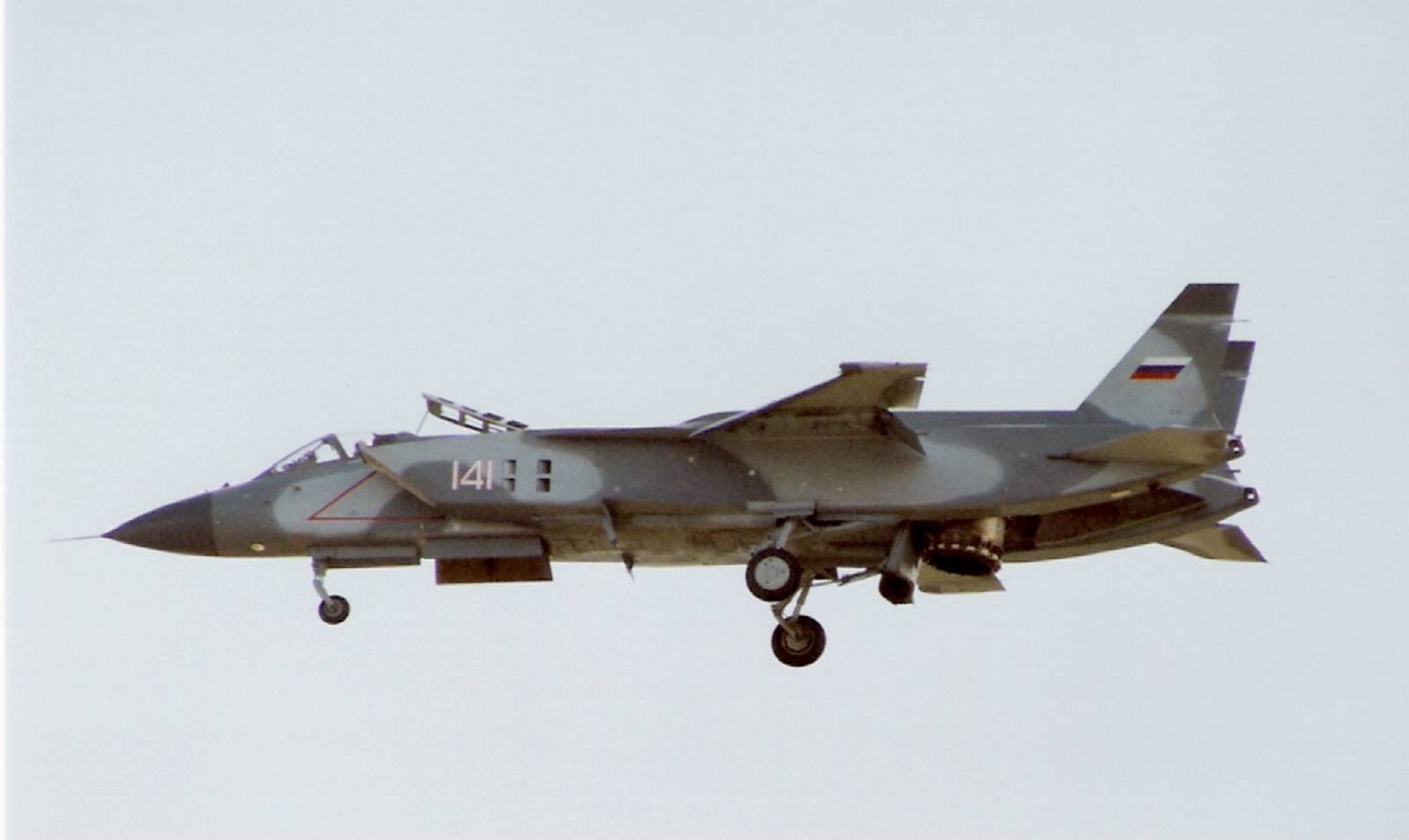
Yak-141 Freestyle: The Soviet Union’s Leap into Supersonic VTOL Technology
Alright, buckle up because we’re diving into the Yak-141 Freestyle—a marvel of Soviet engineering that tried to outshine the skies with its vertical/short takeoff and landing (V/STOL) capabilities. Crafted by the legendary Yakovlev Design Bureau, the Yak-141 is not just a piece of aviation history; it’s a bold statement in the world of military aviation,…
-
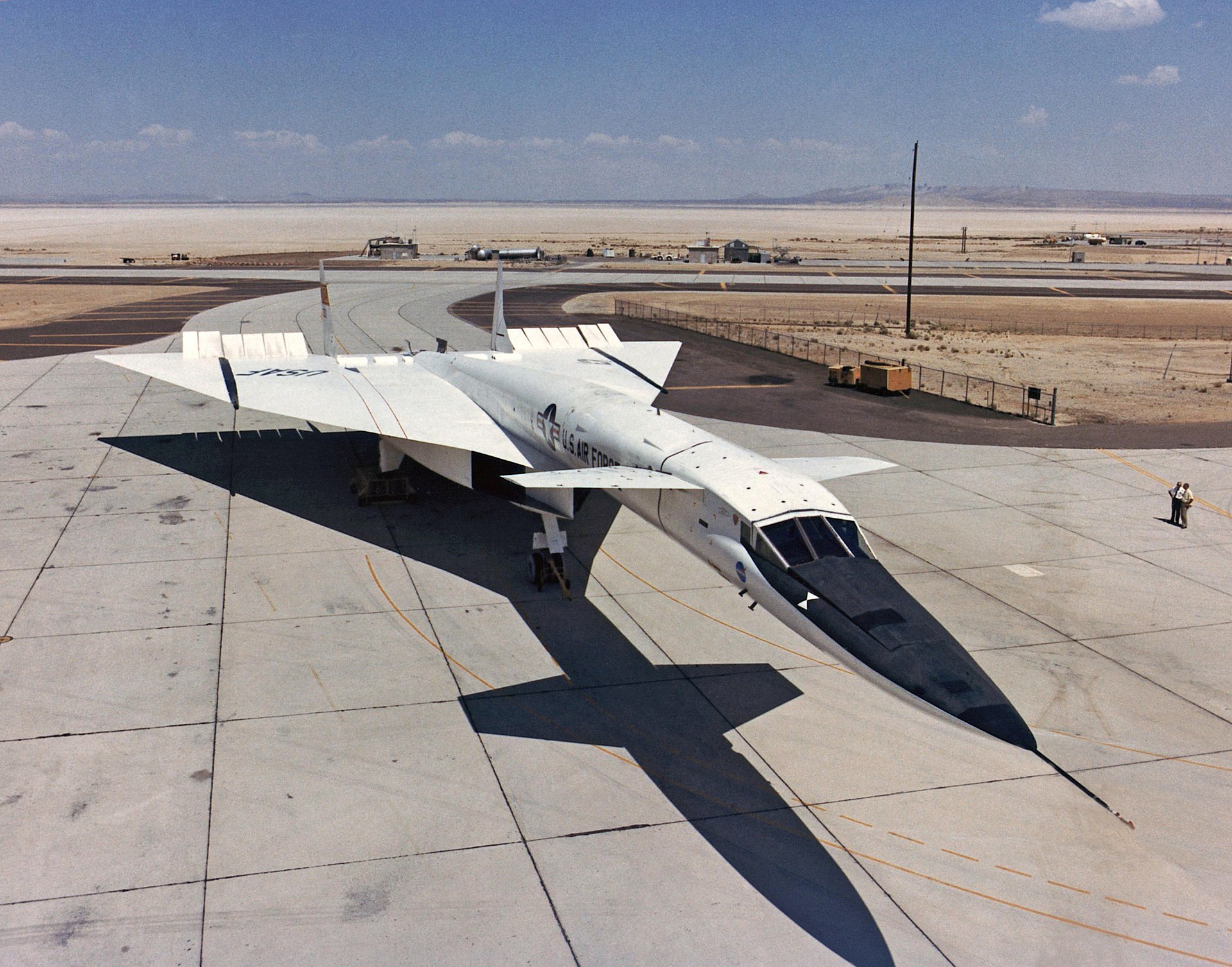
Beyond the Clouds: The XB-70 Valkyrie’s Daring Tale
Dive headfirst into the mesmerizing saga of the North American XB-70 Valkyrie: a technological marvel that dared to touch the very edge of aviation’s future, sculpting an era where speed and altitude redefined the boundaries of what was possible. This high-flying Mach 3 bomber, conceived in the crucible of the Cold War, was set to…
-
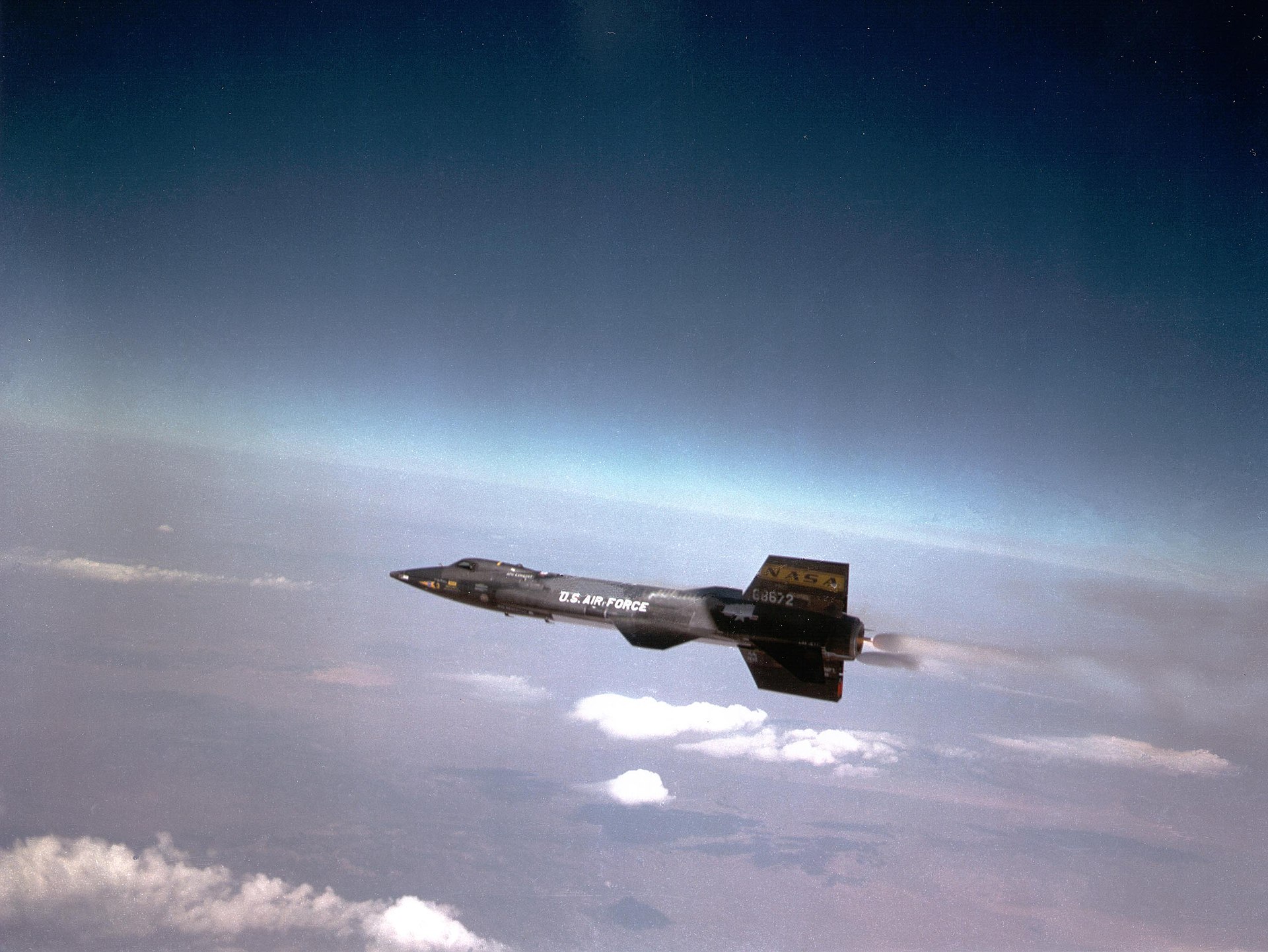
X-15, North Amrica’s Leap into Hypersonic Legacy
On the limit of aircraft and spacecraft, the X-15 reached Mach 6.72 and an height of 107960 m. The X-15 was designed to resist the heat and friction of atmospheric reentry. It was powered by rocket engines. The X-15A-2 version could carry two large external fuel tanks. Three X-15s were built, one was lost in…